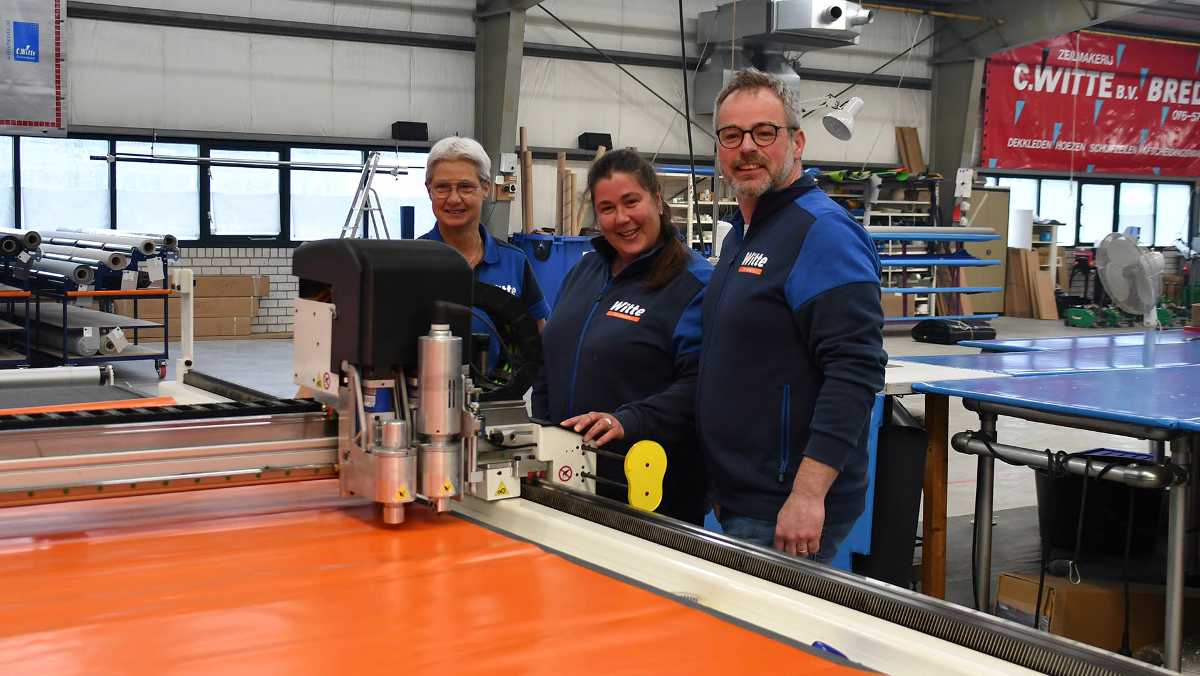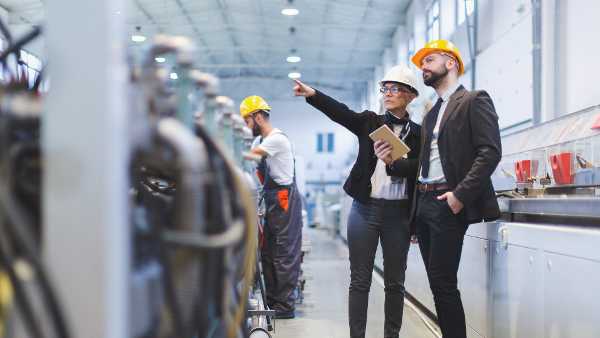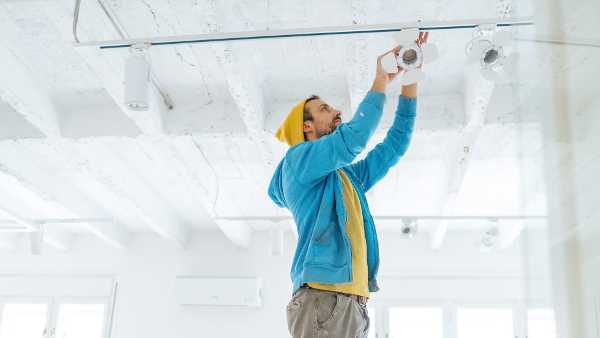Easier access to subsidies for making your business more sustainable

- Background
- 25 August 2023
- Edited 22 October 2024
- 4 min
- Managing and growing
- Sustainability, Finance
Making your business more sustainable sounds simple. Sometimes it is. For example, if you replace the lighting in your building with LED lighting. Would you like to apply for a subsidy for a heat pump or solar panels? Then you need more time. And you have to factor in time for researching your sustainability measure and filling in your application. Time and energy you would rather spend elsewhere. With these tips, you can speed up your subsidy application.
Applying for a subsidy turns out to be a time-consuming task, as Rob van den Besselaar, manager director and owner of sailmaker Witte in Breda, found out. He is sharing his experiences so that other entrepreneurs can navigate the application process more easily. Because a more sustainable business pays off. For example, by saving energy. Moreover, there is a lot of money available from the government. For example in schemes for sustainability at the Netherlands Enterprise Agency RVO.
In practice
Van den Besselaar wanted to make his business more sustainable, but he found out he did not have the time to go all the way. He now has a heat pump installation, but for the time being that is all. Talking to his energy adviser about further steps, he discovered that he needed to provide a lot of information. The time investment cost so much that he did not go ahead with it.
You can graduate on subsidy applications. In the end, it is a question of weighing up money and time against return.
Investment of 35,000 euros
Van den Besselaar also had research done into whether he could use solar panels for sustainability. His roof turned out to be unsuitable for solar panels. However, the panels could be installed on the property behind the business premises. ‘If I had those panels installed, it meant an investment of 35,000 euros excluding VAT. This amount, combined with the amount of information I had to look up and provide, led me to decide not to investigate this further.’
The use and necessity of sustainability
Zeilmakerij Witte is now taking other steps so that they operate more sustainably. Van den Besselaar: ‘I really see the point in becoming more sustainable. There are several reasons to invest in sustainability. For example, you profile yourself to employees and customers. That can ensure that your business has a more sustainable image, making you more future-proof.’ Sailmaker Witte will do this by giving customers several options. For example, sustainably produced sails and pre-used sails. ‘Unfortunately, you still see many customers not choosing sustainable options because of the price,’ he says. That is why Van den Besselaar is also looking at how to do business more sustainably in other ways. ‘Our business has a lot of residual waste. I have agreed with another entrepreneur that he will use our residual waste to produce (ladies') bags. Besides, working with sustainable materials instead of PVC material is also healthier for my staff. And that is also worth a lot.’
Speed up the application
Are you going to apply for a subsidy to make your business more sustainable? With these tips, you can bypass the obstacles Van den Besselaar encountered.
1. Check that you can apply
First, check that you are for the subsidy you want to apply for.For example, some subsidies are only for businesses that pay corporate income tax. Bvs and nvs, not eenmanszaken (sole proprietorships). Are your business premises relatively old? Then make sure, for example, that the wood in the building has the FSC label. Such details sometimes make the difference between being granted a subsidy or not. It will save you time, energy, and frustration if you find out the requirements well in advance. Do you not meet the requirements? See what you can change within your business so that you do.
Conditions for schemes often change
Keep in mind that the conditions for schemes change frequently. Think of new percentages for tax deductions or a lower budget. The Energy Investment Allowance (EIA) and the Environmental Investment Allowance (MIA) change most often.
2. Factor in enough time
Applying for a sustainability subsidy takes time. You often have to fill in several forms. This also involves the necessary calculations and research. If you have your figures ready, filling in the forms may not be such a daunting task. Do you also have to do all kinds of calculations? Then it quickly becomes a time-consuming job. For instance, you have to calculate the payback period of an investment or prove that it is a proven technology. So plan enough time to gather the data. And for completing the application. If you have the money, you can also outsource this job. That will save you time.
3. Find out if you can get pre-financing
In most cases, sustainability subsidies are paid out after you have done the work. This means that you first have to make an investment in sustainability. You may need some form of pre-financing for the investment. For this reason, it is not surprising that subsidies hardly ever reach the smallest businesses. After all, many entrepreneurs do not have money for that pre-financing.
Alternative forms of financing may offer a solution. For instance, a microcredit or joint financing by cooperation partners. Also explore the possibilities of crowdfunding and financing by municipalities and provinces.
Kleinbedrijf Index
The Qredits Kleinbedrijf Index (Small Business Index, in Dutch) shows that 60% of entrepreneurs with up to 5 employees would like to invest in energy saving. Yet two-thirds of those entrepreneurs are held back by lack of money. It is financially unattractive. As a result, many smaller entrepreneurs do not invest in solar panels, electric cars, or the insulation of their business premises.
4. Seek advice
When making your business more sustainable, you regularly have to weigh your options. Technical knowledge helps you make the right decisions. Insulating your building, for example, is the first step towards sustainability. But which type of insulation should you opt for? And can you insulate part of it now and the rest later? Or should you consider the total energy management of the building and include a heat pump? And do you also take into account the future solar panels you want to install on your roof? These are all questions you will want answers to if you want to make your business more sustainable.
Do you lack this knowledge yourself and do you have financial room? Then hire an energy consultant. They will map out for you where and how you can make your business more sustainable. Even if you have little or no money for an adviser, there are ways to get free advice. Or you can get part of the costs refunded.
Are you a producer and want to know how to make your production chain more sustainable? Get an adviser to identify this too.
5. Check if your sustainability efforts are insured
If you put solar panels on your building, for example, this could affect your building's insurance. Check whether the panels fall within the existing insurance or not. Sailmaker Van den Besselaar can talk about this. ‘I have had quite a few negative experiences with insurers by now. The question is constantly whether all those investments are included in the current insurance policy. When I asked, the insurance company said: ‘Good that you are making this investment, but this does not fall under this cover. We can insure it, but you will have to take out another policy.’ And so yes, that in turn caused higher costs.’
More information
Read more about applying for subsidies from the government at . Or ask the KVK Advice Team for help: 0800 21 17.


